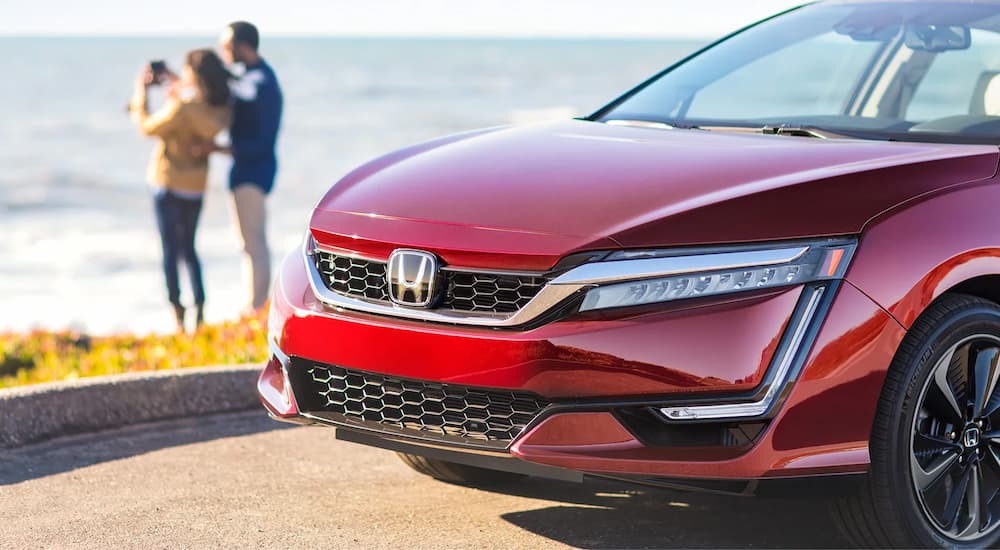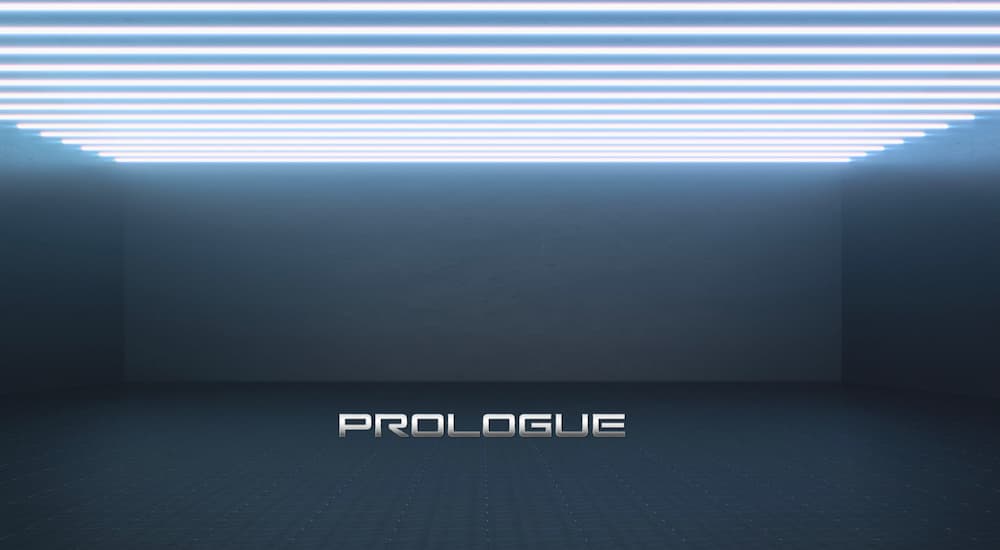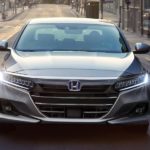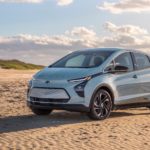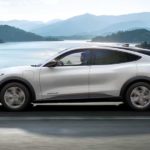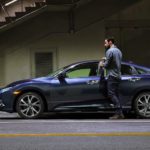Visiting a Honda dealer today is an entirely different experience than a dealership that you may have walked inside of ten years ago. If there’s anything that you’ll notice, it’s that electric vehicles are popular, and you may see at least a couple of them on the showroom floor. Many drivers, especially those of a younger generation, may not give it any thought, but electric vehicles, although popular by today’s standards, didn’t always start that way. The creation of electric vehicles was a complicated process, perhaps one of the most complex to ever be conceived within the industry. Not only does it require an immense amount of design work and attention to detail, but the largest uphill battle, perhaps, was introducing them to the masses.
I’m going to ask you to do something. Envision a time where you’d go to a dealership, and every vehicle there ran on either gasoline or diesel. If this was easy for you, don’t be surprised as the masses were quite slow to accept electric vehicles, with most of their success occurring in just the past few years. Fast forward to the present day, and you’re bound to see at least a few electric vehicles or hybrids on the road with you. Many people may not know this, but electric vehicles have actually been around since the 1800s. However, that’s not what we’re talking about today. Today, we’re discussing Honda’s history with electric vehicles, which began in the 1980s, which that alone may surprise some of you. Let’s go back in time to the age of glam metal, perms, and 8-bit technology, because at that time, something was about to unfold at Honda HQ.
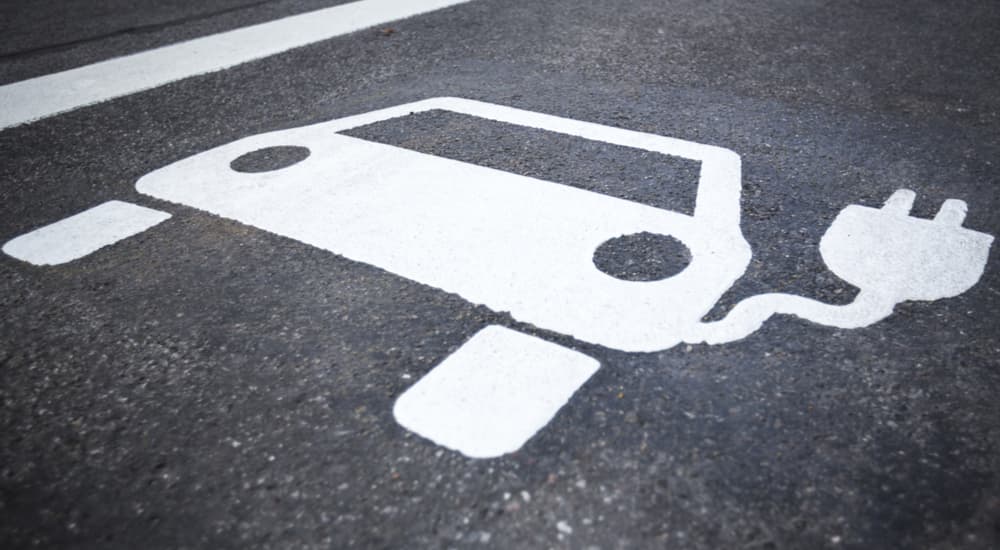
Change Was Needed
According to Honda’s accounts, a game-plan of sorts was created years in advance. This is nothing new for corporations to set goals and plans for five to ten years. However, this was a different type of goal. Honda knew that change was necessary for what was about to be the turn of the 21st century. Not to be mistaken for another company imagining what the future could look like from a fantastical perspective, but rather one that wouldn’t exist at all without this change. The change that I’m talking about is emission-free vehicles.
Honda also relates a meeting that took place back in 1987, and it would forever go down in history. That’s not common when you think about a meeting of board members and engineers sitting in a circle around a table and talking about plans for their future products. I know that I’ve never thought about this. For instance, why would I care about how the meeting went when they were designing a jar of Jiffy Peanut Butter? This meeting wasn’t for nothing though, and it was a topic that would affect Honda’s business plan for decades after. One of the results of this meeting was to form a division specializing in the research of automobiles that would get rid of the gasoline and diesel engines that we know.
While not the first manufacturer in Japan to begin research on the idea of electric vehicles, Honda claims that its later entry into the scene allowed them to source the very best materials on the market. These were the claims of Mr. Junichi Araki, who would oversee the team that would begin work on what would become Honda’s first electric concept. According to Honda, this meeting resulted in a rather mutual agreement between each other because of the potential ease that could come from designing such a vehicle. This is because an electric vehicle has far fewer moving parts than your traditional car, which some may argue means that simply means less stuff to break.
Crazy Enough to Work
It took less than a year to gather together a team and begin work on researching the potential that lay within electric vehicles and hybrids. Honda states that the team originated with four team members, although this was just enough to get the ball rolling. This is where the story takes a turn, and for Honda, where their plans would come to a screeching halt. And this was because of one main problem. The technology wasn’t there. The first designs of the electric vehicle that Honda wanted to design were put on hold due to a lack of proper components at the ready. According to Honda, it came to its attention that developing this new technology would take years to come to fruition. Needless to say, the idea was temporarily shelved.
Honda wouldn’t wait too long, and only two years later, another meeting took place. Noticing a trend here? According to Honda, this meeting was quite reminiscent of the one that had taken place only a few short years prior, and this was because the discussion that took place revolved around what the turn of the millennium would bring. As it would turn out, Honda made the right call by beginning their research into electric vehicles so early, as US legislation would eventually pass with the goal of a cleaner environment. Electric vehicles were a large part of this plan, and Honda was ready to go by this point.
Over the next several years, the Honda team was hard at work around the clock to conceptualize various designs. At this point, Honda began experimenting with a few different EV prototypes. When one of the designs, the CUV-4, successfully traveled over 80,000 miles on California roads, they knew that they were on the right track. And indeed, they were. Only a few years later, Honda’s first purpose-built EV was officially ready to be introduced to the world.
The last challenge it would face was impressing the guy who ran the entire operation, the president of Honda. He was immediately impressed, much to the relief of the team involved. Much of the early tech research had been done; now it was time to bring it to the masses, which is exactly what would happen in early 1997 with the release of the Honda EV Plus. The manufacturer was fully aware of the potential issues that could arise from such a new technology, but they were openly transparent about it. This would hardly affect sales, and this was because anybody who wanted to be the first to drive an electric vehicle got the chance to do so.
The Road Ahead
Over the next several decades, Honda has been a constant force to be reckoned with in regards to electric vehicles. With such an early start on the concept, along with a dedicated and talented team of engineers, Honda was one of the only manufacturers who could successfully introduce electric vehicles to the masses. Today, there are plenty of Honda vehicles to select from, and Honda has since begun producing hybrids and fuel-cell vehicles too.
If it weren’t for the meetings that took place far in advance of the turn of the millennium, there’s a strong chance that Honda wouldn’t be in the same spot that they are now, with the impending release of the Honda Prologue electric SUV. There’s no doubt that many manufacturers have since begun work on electric vehicles and hybrids designed to compete against Honda’s offerings. However, there’s also a strong chance that each of these manufacturers didn’t have as much as a headstart as Honda had.
